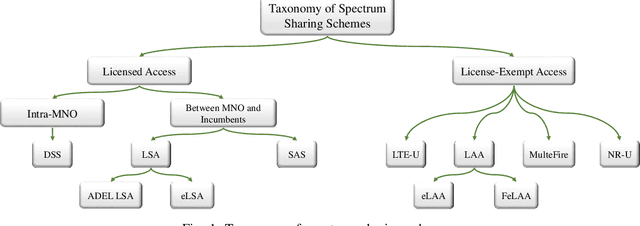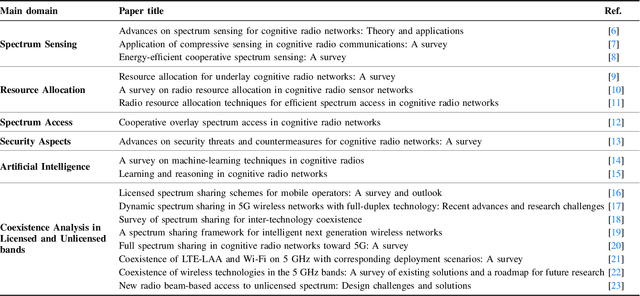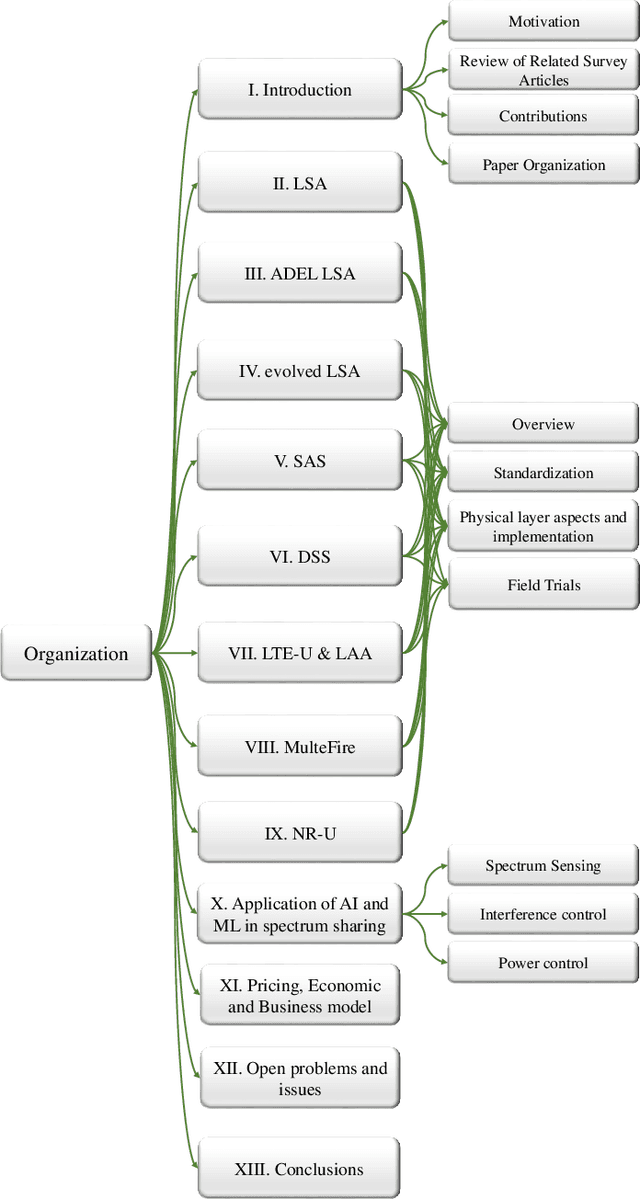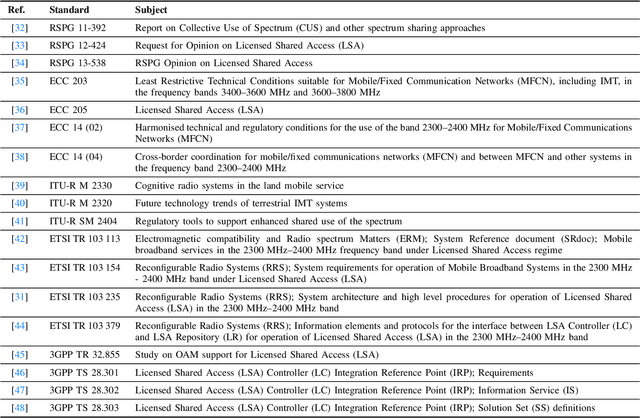Amir Ghasemi
Data-Driven Spectrum Demand Prediction: A Spatio-Temporal Framework with Transfer Learning
Aug 05, 2025Abstract:Accurate spectrum demand prediction is crucial for informed spectrum allocation, effective regulatory planning, and fostering sustainable growth in modern wireless communication networks. It supports governmental efforts, particularly those led by the international telecommunication union (ITU), to establish fair spectrum allocation policies, improve auction mechanisms, and meet the requirements of emerging technologies such as advanced 5G, forthcoming 6G, and the internet of things (IoT). This paper presents an effective spatio-temporal prediction framework that leverages crowdsourced user-side key performance indicators (KPIs) and regulatory datasets to model and forecast spectrum demand. The proposed methodology achieves superior prediction accuracy and cross-regional generalizability by incorporating advanced feature engineering, comprehensive correlation analysis, and transfer learning techniques. Unlike traditional ITU models, which are often constrained by arbitrary inputs and unrealistic assumptions, this approach exploits granular, data-driven insights to account for spatial and temporal variations in spectrum utilization. Comparative evaluations against ITU estimates, as the benchmark, underscore our framework's capability to deliver more realistic and actionable predictions. Experimental results validate the efficacy of our methodology, highlighting its potential as a robust approach for policymakers and regulatory bodies to enhance spectrum management and planning.
Accelerating Radio Spectrum Regulation Workflows with Large Language Models (LLMs)
Mar 26, 2024Abstract:Wireless spectrum regulation is a complex and demanding process due to the rapid pace of technological progress, increasing demand for spectrum, and a multitude of stakeholders with potentially conflicting interests, alongside significant economic implications. To navigate this, regulators must engage effectively with all parties, keep pace with global technology trends, conduct technical evaluations, issue licenses in a timely manner, and comply with various legal and policy frameworks. In light of these challenges, this paper demonstrates example applications of Large Language Models (LLMs) to expedite spectrum regulatory processes. We explore various roles that LLMs can play in this context while identifying some of the challenges to address. The paper also offers practical case studies and insights, with appropriate experiments, highlighting the transformative potential of LLMs in spectrum management.
Improving Performance of Object Detection using the Mechanisms of Visual Recognition in Humans
Jan 23, 2023Abstract:Object recognition systems are usually trained and evaluated on high resolution images. However, in real world applications, it is common that the images have low resolutions or have small sizes. In this study, we first track the performance of the state-of-the-art deep object recognition network, Faster- RCNN, as a function of image resolution. The results reveals negative effects of low resolution images on recognition performance. They also show that different spatial frequencies convey different information about the objects in recognition process. It means multi-resolution recognition system can provides better insight into optimal selection of features that results in better recognition of objects. This is similar to the mechanisms of the human visual systems that are able to implement multi-scale representation of a visual scene simultaneously. Then, we propose a multi-resolution object recognition framework rather than a single-resolution network. The proposed framework is evaluated on the PASCAL VOC2007 database. The experimental results show the performance of our adapted multi-resolution Faster-RCNN framework outperforms the single-resolution Faster-RCNN on input images with various resolutions with an increase in the mean Average Precision (mAP) of 9.14% across all resolutions and 1.2% on the full-spectrum images. Furthermore, the proposed model yields robustness of the performance over a wide range of spatial frequencies.
A Comprehensive Survey of Spectrum Sharing Schemes from a Standardization and Implementation Perspective
Mar 21, 2022



Abstract:As the services and requirements of next-generation wireless networks become increasingly diversified, it is estimated that the current frequency bands of mobile network operators (MNOs) will be unable to cope with the immensity of anticipated demands. Due to spectrum scarcity, there has been a growing trend among stakeholders toward identifying practical solutions to make the most productive use of the exclusively allocated bands on a shared basis through spectrum sharing mechanisms. However, due to the technical complexities of these mechanisms, their design presents challenges, as it requires coordination among multiple entities. To address this challenge, in this paper, we begin with a detailed review of the recent literature on spectrum sharing methods, classifying them on the basis of their operational frequency regime that is, whether they are implemented to operate in licensed bands (e.g., licensed shared access (LSA), spectrum access system (SAS), and dynamic spectrum sharing (DSS)) or unlicensed bands (e.g., LTE-unlicensed (LTE-U), licensed assisted access (LAA), MulteFire, and new radio-unlicensed (NR-U)). Then, in order to narrow the gap between the standardization and vendor-specific implementations, we provide a detailed review of the potential implementation scenarios and necessary amendments to legacy cellular networks from the perspective of telecom vendors and regulatory bodies. Next, we analyze applications of artificial intelligence (AI) and machine learning (ML) techniques for facilitating spectrum sharing mechanisms and leveraging the full potential of autonomous sharing scenarios. Finally, we conclude the paper by presenting open research challenges, which aim to provide insights into prospective research endeavors.
 Add to Chrome
Add to Chrome Add to Firefox
Add to Firefox Add to Edge
Add to Edge